Hyundai i10 vs VW Golf – Differences & prices compared
Two cars, one duel: Hyundai i10 meets VW Golf.
Which one wins in performance, efficiency and value for money? Find out now!
Costs and Efficiency:
Looking at overall running costs, both models reveal some interesting differences in everyday economy.
Hyundai i10 has a convincingly advantage in terms of price – it starts at 14600 £, while the VW Golf costs 25200 £. That’s a price difference of around 10633 £.
Fuel consumption also shows a difference: VW Golf manages with 0.30 L and is therefore significantly more efficient than the Hyundai i10 with 4.90 L. The difference is about 4.60 L per 100 km.
Engine and Performance:
Power, torque and acceleration are the classic benchmarks for car enthusiasts – and here, some clear differences start to show.
When it comes to engine power, the VW Golf has a clearly edge – offering 333 HP compared to 90 HP. That’s roughly 243 HP more horsepower.
In acceleration from 0 to 100 km/h, the VW Golf is significantly quicker – completing the sprint in 4.60 s, while the Hyundai i10 takes 11.40 s. That’s about 6.80 s faster.
In terms of top speed, the VW Golf performs distinct better – reaching 270 km/h, while the Hyundai i10 tops out at 175 km/h. The difference is around 95 km/h.
There’s also a difference in torque: VW Golf pulls decisively stronger with 420 Nm compared to 172 Nm. That’s about 248 Nm difference.
Space and Everyday Use:
Beyond pure performance, interior space and usability matter most in daily life. This is where you see which car is more practical and versatile.
Both vehicles offer seating for 5 people.
In curb weight, Hyundai i10 is clearly perceptible lighter – 996 kg compared to 1307 kg. The difference is around 311 kg.
In terms of boot space, the VW Golf offers evident more room – 381 L compared to 252 L. That’s a difference of about 129 L.
In maximum load capacity, the VW Golf performs somewhat better – up to 1237 L, which is about 187 L more than the Hyundai i10.
When it comes to payload, VW Golf to a small extent takes the win – 508 kg compared to 423 kg. That’s a difference of about 85 kg.
Who comes out on top?
Overall, the VW Golf shows itself to be is largely superior and secures the title of DriveDuel Champion.
It convinces with the more balanced overall package and proves to be the more versatile choice for everyday use.
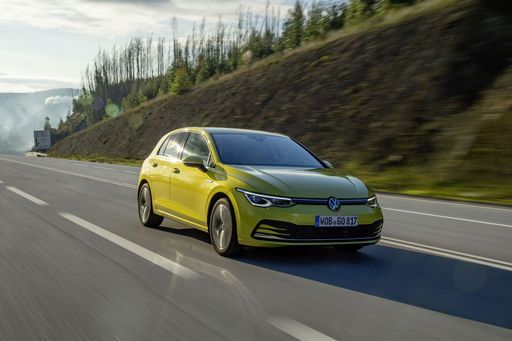
VW Golf
Hyundai i10
The Hyundai i10 impresses with its compact design, making it an ideal choice for navigating through busy urban environments. Its interior is surprisingly spacious, offering drivers and passengers comfort beyond what one might expect from a city car. The model combines efficiency and practicality, making it an attractive option for those seeking both economy and functionality in their daily commute.
details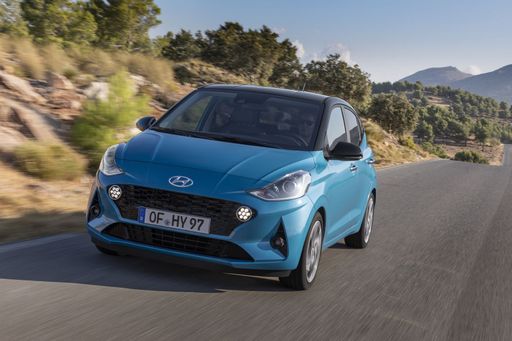 @ hyundai.news
@ hyundai.news
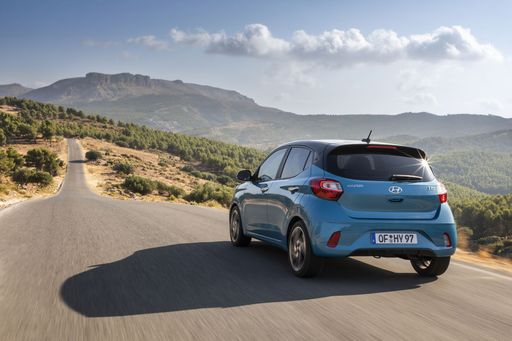 @ hyundai.news
@ hyundai.news
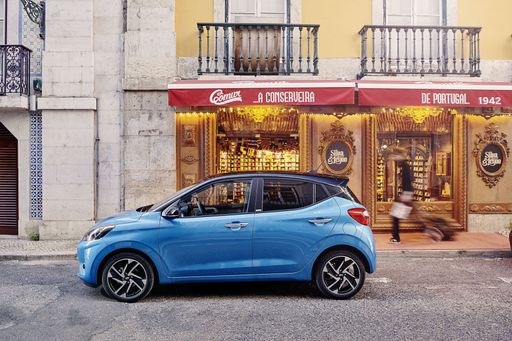 @ hyundai.news
@ hyundai.news
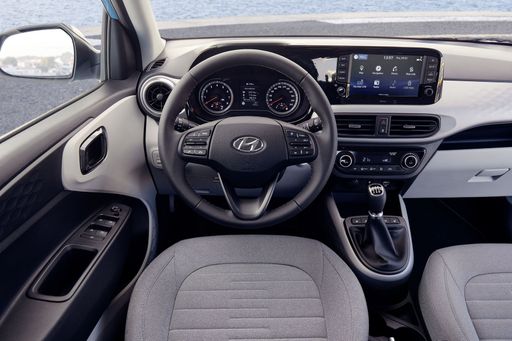 @ hyundai.news
@ hyundai.news
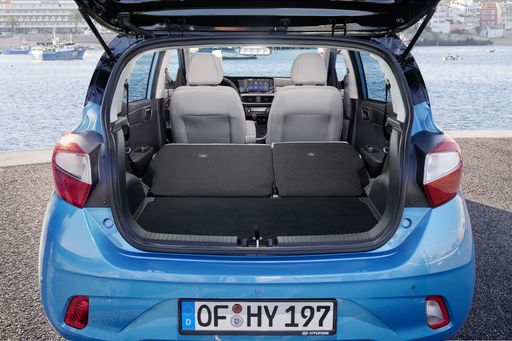 @ hyundai.news
@ hyundai.news
VW Golf
Der VW Golf überzeugt seit Jahrzehnten durch seine Vielseitigkeit und seine ausgewogene Mischung aus Komfort und Dynamik. Mit seinem zeitlosen Design und der hochwertigen Verarbeitung ist er ein treuer Begleiter im Alltag. Besonders beliebt ist der Golf wegen seiner innovativen Technologie und der großen Auswahl an Varianten, die für jeden Bedarf das passende Modell bietet.
details @ Volkswagen
@ Volkswagen
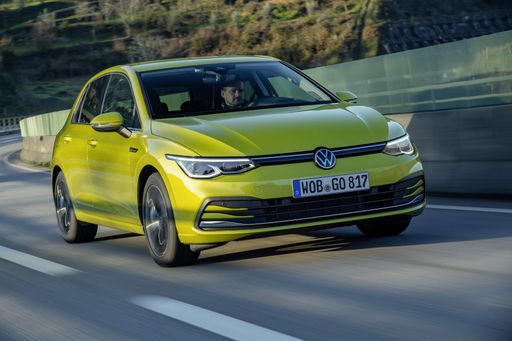 @ Volkswagen
@ Volkswagen
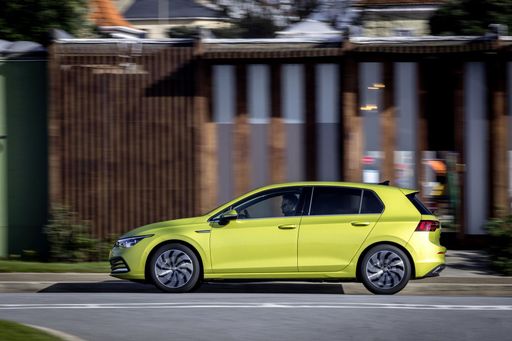 @ Volkswagen
@ Volkswagen
 @ Volkswagen
@ Volkswagen
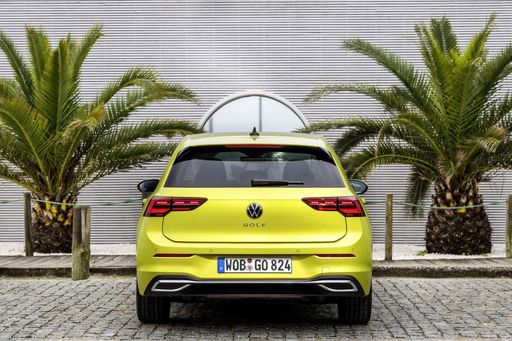 @ Volkswagen
@ Volkswagen
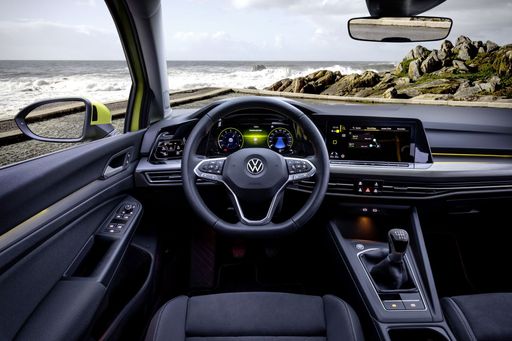 @ Volkswagen
@ Volkswagen
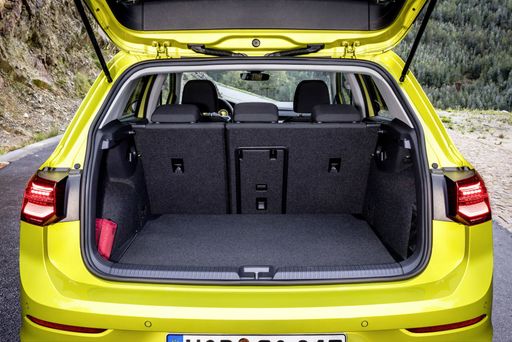 @ Volkswagen
@ Volkswagen

|

|
|
|
|
Costs and Consumption |
|
|---|---|
|
Price
14600 - 19000 £
|
Price
25200 - 51600 £
|
|
Consumption L/100km
4.9 - 5.5 L
|
Consumption L/100km
0.3 - 8.2 L
|
|
Consumption kWh/100km
-
|
Consumption kWh/100km
-
|
|
Electric Range
-
|
Electric Range
131 - 143 km
|
|
Battery Capacity
-
|
Battery Capacity
19.70 kWh
|
|
co2
110 - 124 g/km
|
co2
6 - 186 g/km
|
|
Fuel tank capacity
36 L
|
Fuel tank capacity
40 - 55 L
|
Dimensions and Body |
|
|---|---|
|
Body Type
Hatchback
|
Body Type
Hatchback
|
|
Seats
4 - 5
|
Seats
5
|
|
Doors
5
|
Doors
5
|
|
Curb weight
996 - 1099 kg
|
Curb weight
1307 - 1668 kg
|
|
Trunk capacity
252 L
|
Trunk capacity
273 - 381 L
|
|
Length
3670 - 3675 mm
|
Length
4282 - 4296 mm
|
|
Width
1680 mm
|
Width
1789 mm
|
|
Height
1480 - 1483 mm
|
Height
1454 - 1483 mm
|
|
Max trunk capacity
1050 L
|
Max trunk capacity
1129 - 1237 L
|
|
Payload
344 - 423 kg
|
Payload
431 - 508 kg
|
Engine and Performance |
|
|---|---|
|
Engine Type
Petrol
|
Engine Type
Petrol MHEV, Petrol, Plugin Hybrid, Diesel
|
|
Transmission
Manuel, Automatic
|
Transmission
Automatic, Manuel
|
|
Transmission Detail
Manual Gearbox, Automated Manual
|
Transmission Detail
Dual-Clutch Automatic, Manual Gearbox
|
|
Drive Type
Front-Wheel Drive
|
Drive Type
Front-Wheel Drive, All-Wheel Drive
|
|
Power HP
63 - 90 HP
|
Power HP
116 - 333 HP
|
|
Acceleration 0-100km/h
11.4 - 18.4 s
|
Acceleration 0-100km/h
4.6 - 10.2 s
|
|
Max Speed
143 - 175 km/h
|
Max Speed
202 - 270 km/h
|
|
Torque
93 - 172 Nm
|
Torque
220 - 420 Nm
|
|
Number of Cylinders
3 - 4
|
Number of Cylinders
4
|
|
Power kW
46 - 66 kW
|
Power kW
85 - 245 kW
|
|
Engine capacity
998 - 1197 cm3
|
Engine capacity
1498 - 1984 cm3
|
General |
|
|---|---|
|
Model Year
2024
|
Model Year
2024 - 2025
|
|
CO2 Efficiency Class
C, D
|
CO2 Efficiency Class
D, B, F, G, C
|
|
Brand
Hyundai
|
Brand
VW
|
Is the Hyundai i10 offered with different drivetrains?
The Hyundai i10 is offered with Front-Wheel Drive.
The prices and data displayed are estimates based on German list prices and may vary by country. This information is not legally binding.
